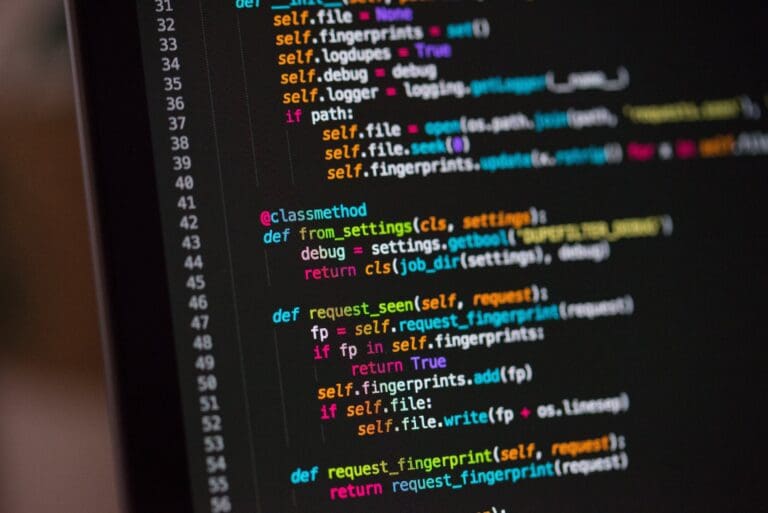Python is considered to be one of the favourite programming languages for many developers across the world. Python 3 was released in 2013 and even after many years of delay, Python 2.7 support was available until January 2020. This programming language achieved fame at a supersonic speed despite its low runtime latencies. In this article you will learn the top 5 reasons why Python is so popular in the tech industry.
In the present tech world, developers who can build workflows using Python for machine learning, artificial intelligence and data sciences are in demand. This language has been known for a long time as it lets you do more with less code. Many giant companies like Amazon, Google, Spotify, Pinterest, Instagram and DropBox are known for their heavy use of Python.
Here are my top 5 reasons that make Python popular among the devs.
1) Ease of Use
Most developers say that Python is one of the easiest and most fun languages to learn. With simple syntax format and support materials, Python is considered one of the simplest technologies to master. There is a clear defined relationship with the elements of this language. It is a highly recommended programming language for beginners and newcomers. If you plan on becoming a developer or want to transition to a developer role, then Python should be first on your list of programming languages to know. Many say that the simplicity of its syntax was what helped gain Python its popularity.
2) Numerous Python Libraries
Python is known to have Facebook, Amazon Web Services, and Google as its corporate sponsors which paves way for a lot of libraries and online support.
You can save a lot of time and effort during development and deployments by utilizing the hundreds of available libraries and frameworks. Python follows the core programming principle of “don’t repeat yourself,” which helps expose reusable features for developers. For a deeper dive into how to leverage these tools while also understanding 6 Ways YOU Can Help Make Tech More Diverse and Inclusive, check out the built-in ‘pip’ dependency management tool for browsing libraries and frameworks.
Here are a few of the many industry-standard frameworks and libraries available by Python:
- Matplotlib – plotting charts and graphs
- SciPy – engineering applications, science, and mathematics
- BeautifulSoup – HTML parsing and web scraping
- NumPy – Scientific computing, Powerful matrix library
- Django – Web development framework
- Scikit – Machine Learning applications
- Pandas – Dataframe library
- Flask – Web application micro-framework. Check out our beginner tutorial here.
- SQL Alchemy – Library for creating Domain Object Models that can interact with relational databases such as MySQL and Postgres
- Tensor Flow – Used for making production-quality machine learning applications
3) Flexible
Flexibility is another reason that attracts many developers and organisations to use Python. Python offers zero restrictions and most importantly dynamic variable typing which ensures enough room for devs to utilise the language in a way that best fits them and their project. This feature is mostly not available with other programming languages. The developers love this flexibility as Python helps build any sort of application without having to be an expert.
4) Huge online community
As Python was created a long time ago, it helped build a lot of documentation, support, and tutorials for the newcomers. The community has grown massively to support all levels of development. Any developer with any skill level is bound to grow and get help with suggestions if stuck on an issue through this mature community. It is considered to be one of the most incredible active communities for a programming language. This encourages many students and newcomers who are terrified of asking a question or getting help online. This community is known to provide a variety of options to get someone back on track with their project.
5) Machine Learning & AI support
The most sought ought domains these days in the tech world are machine learning, big data, artificial intelligence, and data science. Python proves to be the most popular option in order to create and support workflows in these areas. Many of the data processing workloads in big companies are powered by mostly Python. Python has also been one of the go-to technologies for research and development due to its ability to analyse and organise usable data. Today, there are hundreds of python libraries already in the market to support machine learning development and other projects. TensorFlow for neural networks and OpenCV are few of the examples of available libraries and frameworks by Python.
Sheekha Singh, QA Automation Lead at Artisan Studios
AUTHOR: Sheekha Singh – SheCanCode Blog Squad
To find out more about Sheekha please click here.








